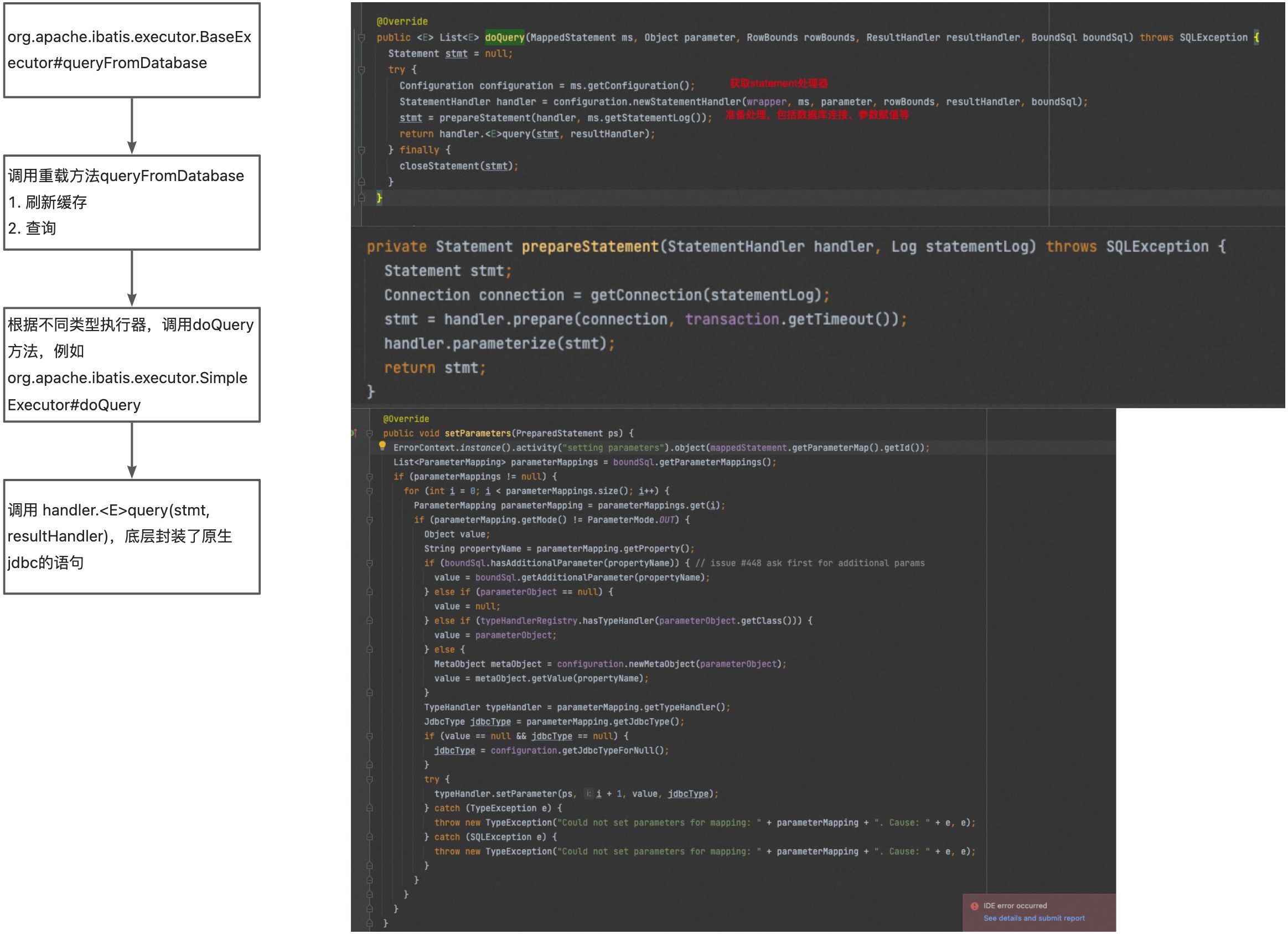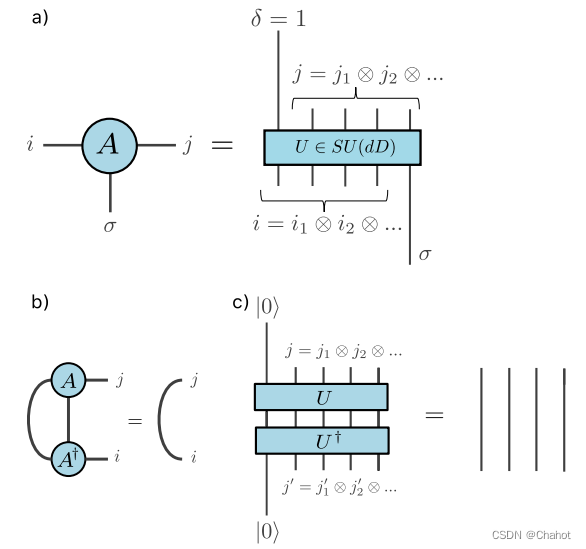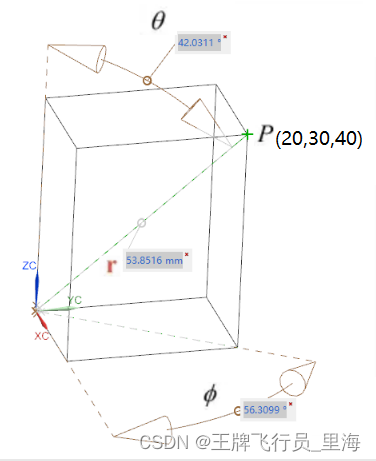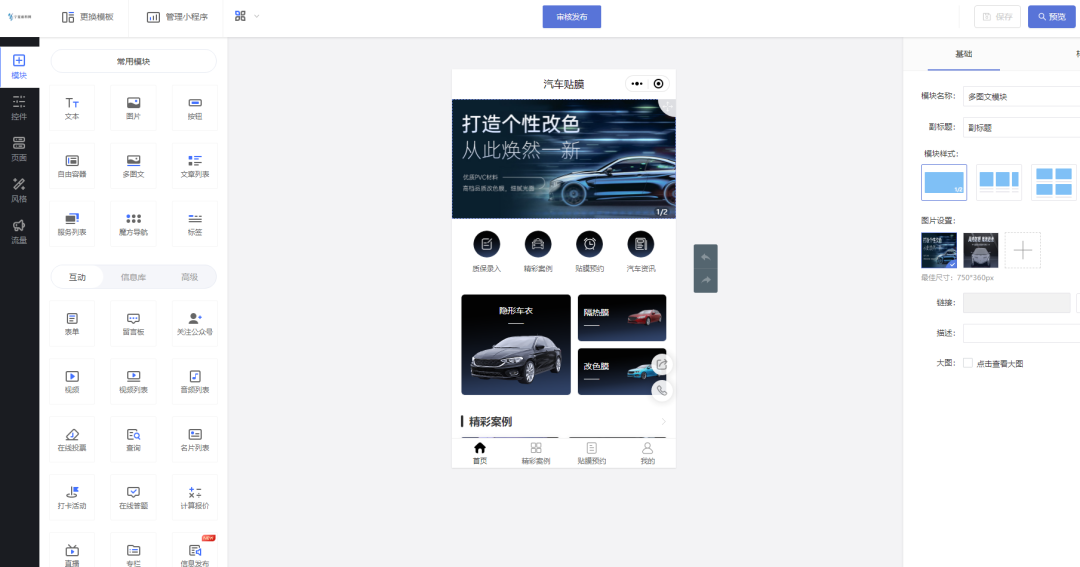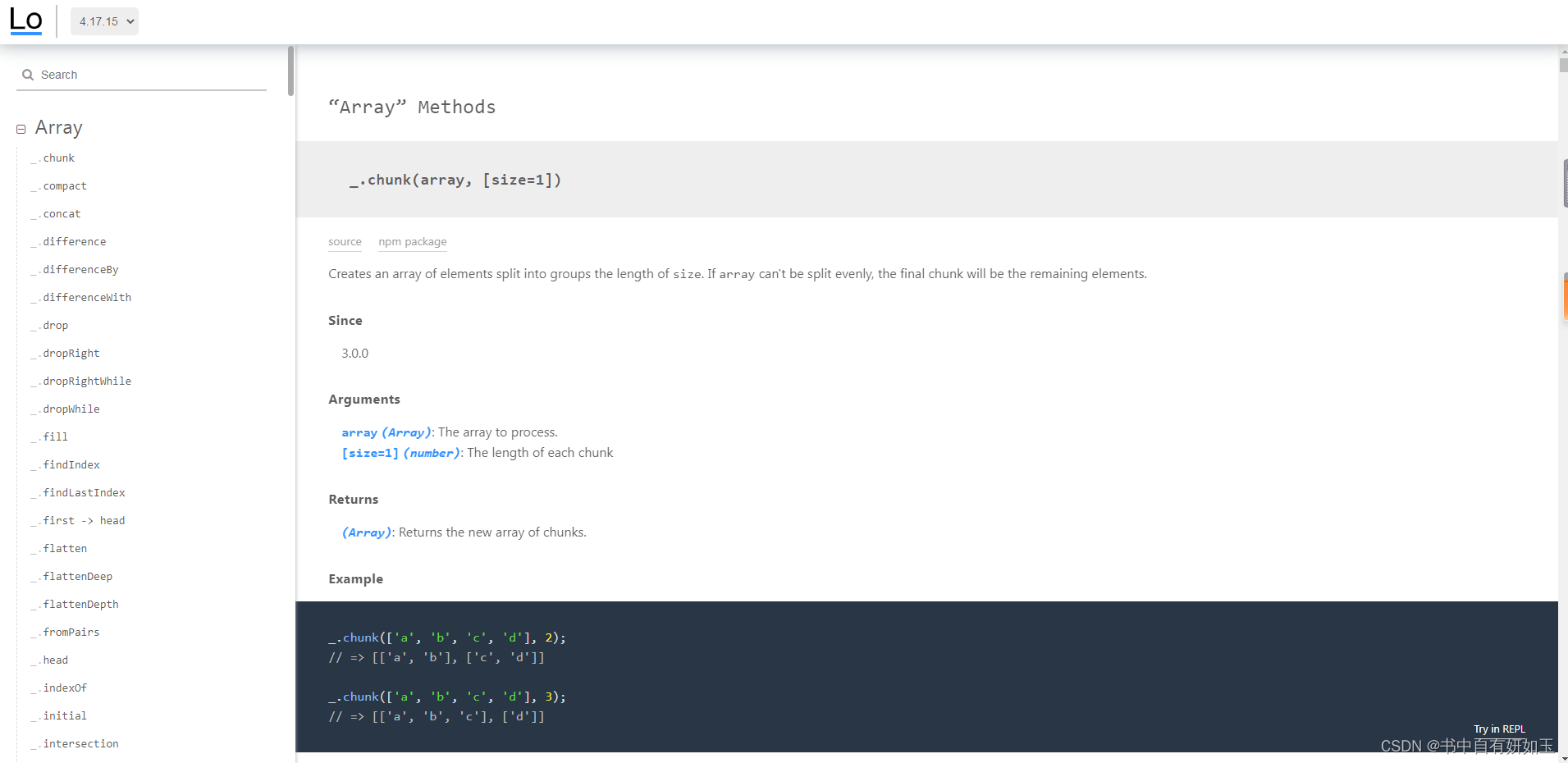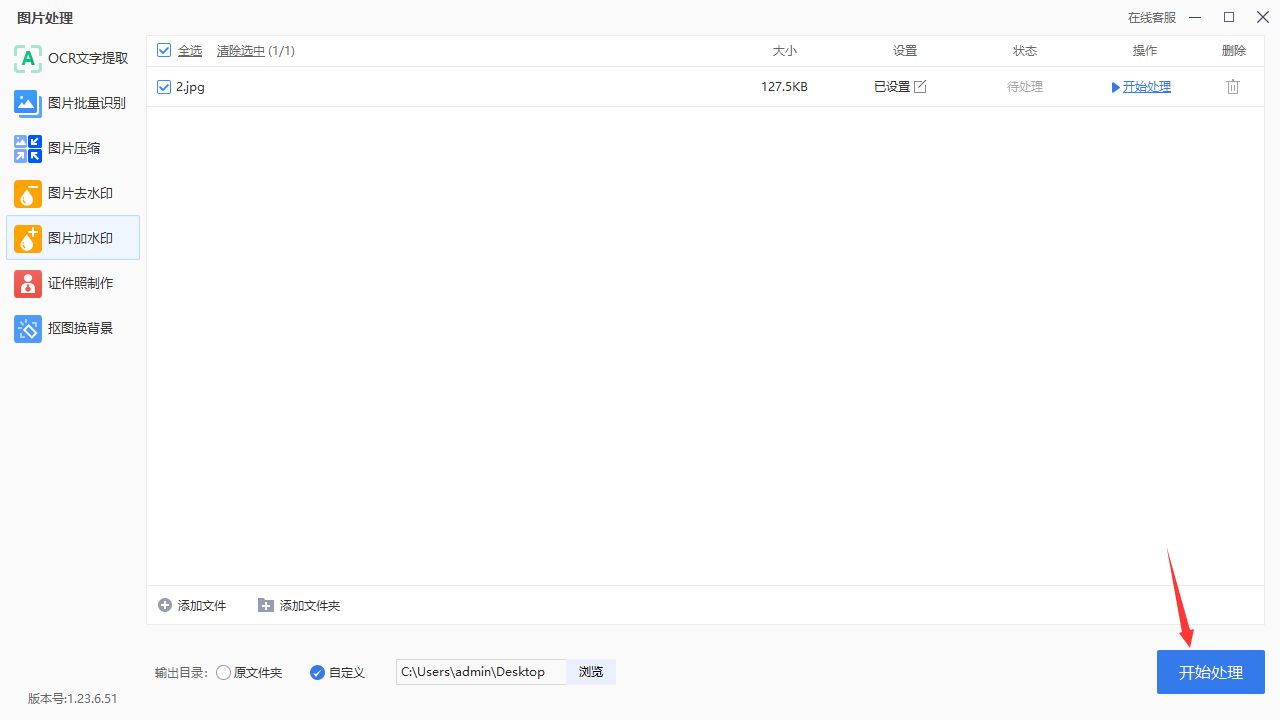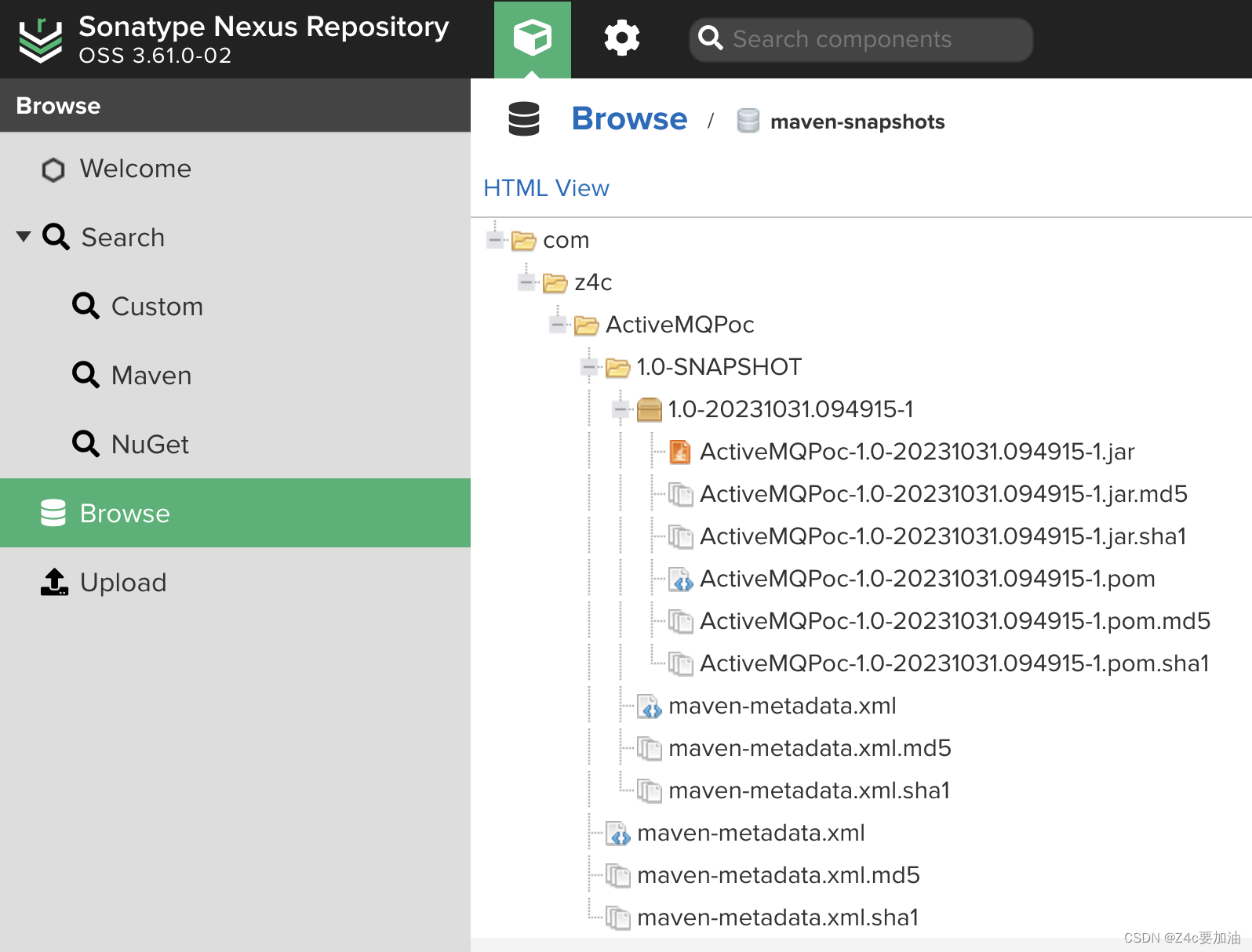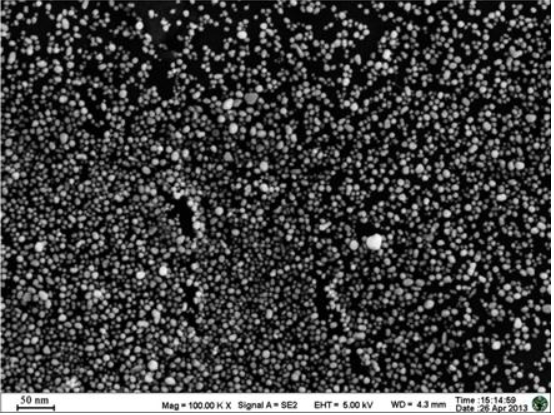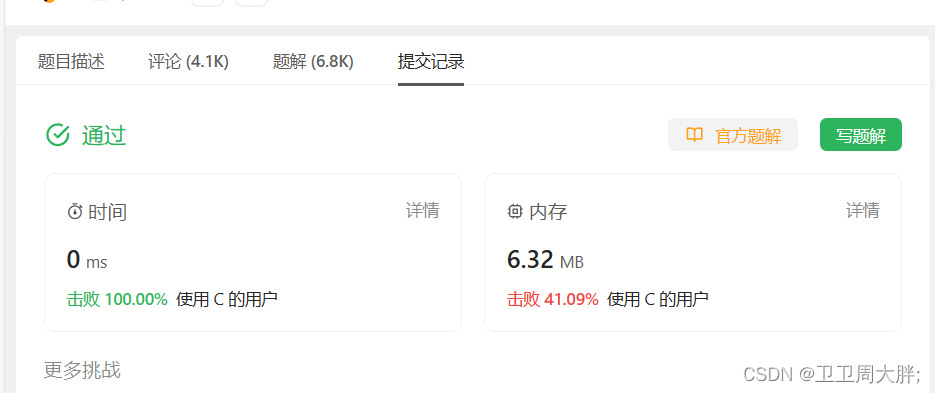一、前言
日常工作中,我们用到mybatis的时候,都是写一个Mapper接口+xml文件/注解形式,然后就可以在业务层去调用我们在Mapper接口中定义的CRUD方法,很方便,但一直都没有去研究过执行逻辑,下面附一篇我自己研究的过程。
二、注入过程分析
平时我们在使用时,都是直接注解标在Mapper接口上,从而去注入一个实例,但我们是并没有实现过这个Mapper接口的,就很容易想到必然是有一个代理类(MapperProxy)来帮我们执行真正的过程,而且既然我们定义了接口,那大概率就是JDK动态代理了。
注入的过程也比较简单,在我们使用时会注明一个mapper扫描的包路径,然后在SqlSessionFactory初始化的过程中,会去解析每个mapper接口,并将其放在Configuration的MapperRegistry中,实际存放位置是在MapperRegistry中Map<Class<?>, MapperProxyFactory<?>> knownMappers。
接下来我们在使用mapper接口时,会从knownMappers中去获取到对应的MapperProxyFactory,从而去实例化真正的代理类,代码如下:
public <T> void addMapper(Class<T> type) {
if (type.isInterface()) {
if (hasMapper(type)) {
throw new BindingException("Type " + type + " is already known to the MapperRegistry.");
}
boolean loadCompleted = false;
try {
knownMappers.put(type, new MapperProxyFactory<T>(type));
// It's important that the type is added before the parser is run
// otherwise the binding may automatically be attempted by the
// mapper parser. If the type is already known, it won't try.
MapperAnnotationBuilder parser = new MapperAnnotationBuilder(config, type);
parser.parse();
loadCompleted = true;
} finally {
if (!loadCompleted) {
knownMappers.remove(type);
}
}
}
} public <T> T getMapper(Class<T> type, SqlSession sqlSession) {
final MapperProxyFactory<T> mapperProxyFactory = (MapperProxyFactory<T>) knownMappers.get(type);
if (mapperProxyFactory == null) {
throw new BindingException("Type " + type + " is not known to the MapperRegistry.");
}
try {
//关键步骤,里面会使用JDK动态代理,创建一个MapperProxy
return mapperProxyFactory.newInstance(sqlSession);
} catch (Exception e) {
throw new BindingException("Error getting mapper instance. Cause: " + e, e);
}
}public class MapperProxyFactory<T> {
private final Class<T> mapperInterface;
private final Map<Method, MapperMethod> methodCache = new ConcurrentHashMap<Method, MapperMethod>();
public MapperProxyFactory(Class<T> mapperInterface) {
this.mapperInterface = mapperInterface;
}
public Class<T> getMapperInterface() {
return mapperInterface;
}
public Map<Method, MapperMethod> getMethodCache() {
return methodCache;
}
@SuppressWarnings("unchecked")
protected T newInstance(MapperProxy<T> mapperProxy) {
return (T) Proxy.newProxyInstance(mapperInterface.getClassLoader(), new Class[] { mapperInterface }, mapperProxy);
}
public T newInstance(SqlSession sqlSession) {
final MapperProxy<T> mapperProxy = new MapperProxy<T>(sqlSession, mapperInterface, methodCache);
return newInstance(mapperProxy);
}
}三、执行过程分析
综上来看,其实我们真正的方法是由MapperProxy来实现的,接下来看看它的逻辑,我们主要分析查询类的执行流程:
/**
* 执行入口
*/
@Override
public Object invoke(Object proxy, Method method, Object[] args) throws Throwable {
try {
if (Object.class.equals(method.getDeclaringClass())) {
return method.invoke(this, args);
} else if (isDefaultMethod(method)) {
return invokeDefaultMethod(proxy, method, args);
}
} catch (Throwable t) {
throw ExceptionUtil.unwrapThrowable(t);
}
//缓存方法
final MapperMethod mapperMethod = cachedMapperMethod(method);
//真正的执行逻辑
return mapperMethod.execute(sqlSession, args);
}
/**
* 根据sql类型,执行不同的分支
* convertArgsToSqlCommandParam会转换传入的参数
*/
public Object execute(SqlSession sqlSession, Object[] args) {
Object result;
switch (command.getType()) {
case INSERT: {
Object param = method.convertArgsToSqlCommandParam(args);
result = rowCountResult(sqlSession.insert(command.getName(), param));
break;
}
case UPDATE: {
Object param = method.convertArgsToSqlCommandParam(args);
result = rowCountResult(sqlSession.update(command.getName(), param));
break;
}
case DELETE: {
Object param = method.convertArgsToSqlCommandParam(args);
result = rowCountResult(sqlSession.delete(command.getName(), param));
break;
}
case SELECT:
//如果是void方法,并且自定义了ResultMap等映射,则执行此逻辑
if (method.returnsVoid() && method.hasResultHandler()) {
executeWithResultHandler(sqlSession, args);
result = null;
} else if (method.returnsMany()) {
//返参为集合类型
result = executeForMany(sqlSession, args);
} else if (method.returnsMap()) {
//返参为Map
result = executeForMap(sqlSession, args);
} else if (method.returnsCursor()) {
//返参为游标
result = executeForCursor(sqlSession, args);
} else {
//返参为单对象
Object param = method.convertArgsToSqlCommandParam(args);
result = sqlSession.selectOne(command.getName(), param);
}
break;
case FLUSH:
result = sqlSession.flushStatements();
break;
default:
throw new BindingException("Unknown execution method for: " + command.getName());
}
if (result == null && method.getReturnType().isPrimitive() && !method.returnsVoid()) {
throw new BindingException("Mapper method '" + command.getName()
+ " attempted to return null from a method with a primitive return type (" + method.getReturnType() + ").");
}
return result;
}上面的查询方法,都会走到下面这两行代码
//获取sql执行的映射过程对象,包含了参数、数据源、返参等
MappedStatement ms = configuration.getMappedStatement(statement);
//执行查询方法
executor.query(ms, wrapCollection(parameter), rowBounds, handler);接着会走到执行器executor,主要有两类实现:
-
-
- org.apache.ibatis.executor.BaseExecutor(基本执行器)
- CachingExecutor(带缓存的执行器)
-
public <E> List<E> query(MappedStatement ms, Object parameter, RowBounds rowBounds, ResultHandler resultHandler) throws SQLException {
//获取BoundSql对象,包含了解析动态SQl生成的sql语句以及参数映射的封装
BoundSql boundSql = ms.getBoundSql(parameter);
//生成缓存key
CacheKey key = createCacheKey(ms, parameter, rowBounds, boundSql);
//查询
return query(ms, parameter, rowBounds, resultHandler, key, boundSql);
}public BoundSql getBoundSql(Object parameterObject) {
//调用sqlSource获取BoundSql,sqlSource默认为DynamicSqlSource类型(动态SQL)
BoundSql boundSql = sqlSource.getBoundSql(parameterObject);
List<ParameterMapping> parameterMappings = boundSql.getParameterMappings();
//若参数映射为空,手动创建boundSql
if (parameterMappings == null || parameterMappings.isEmpty()) {
boundSql = new BoundSql(configuration, boundSql.getSql(), parameterMap.getParameterMappings(), parameterObject);
}
// check for nested result maps in parameter mappings (issue #30)
for (ParameterMapping pm : boundSql.getParameterMappings()) {
String rmId = pm.getResultMapId();
if (rmId != null) {
ResultMap rm = configuration.getResultMap(rmId);
if (rm != null) {
hasNestedResultMaps |= rm.hasNestedResultMaps();
}
}
}
return boundSql;
} public BoundSql getBoundSql(Object parameterObject) {
//获取上下文对象,并将传入的入参对象及数据源标识放入bindings
DynamicContext context = new DynamicContext(configuration, parameterObject);
//基于动态sql解析成的List<SqlNode> contents,遍历赋值参数
rootSqlNode.apply(context);
SqlSourceBuilder sqlSourceParser = new SqlSourceBuilder(configuration);
Class<?> parameterType = parameterObject == null ? Object.class : parameterObject.getClass();
SqlSource sqlSource = sqlSourceParser.parse(context.getSql(), parameterType, context.getBindings());
BoundSql boundSql = sqlSource.getBoundSql(parameterObject);
for (Map.Entry<String, Object> entry : context.getBindings().entrySet()) {
boundSql.setAdditionalParameter(entry.getKey(), entry.getValue());
}
return boundSql;
}
准备好BoundSql后,就该执行真正的查询了,主要链路如下
